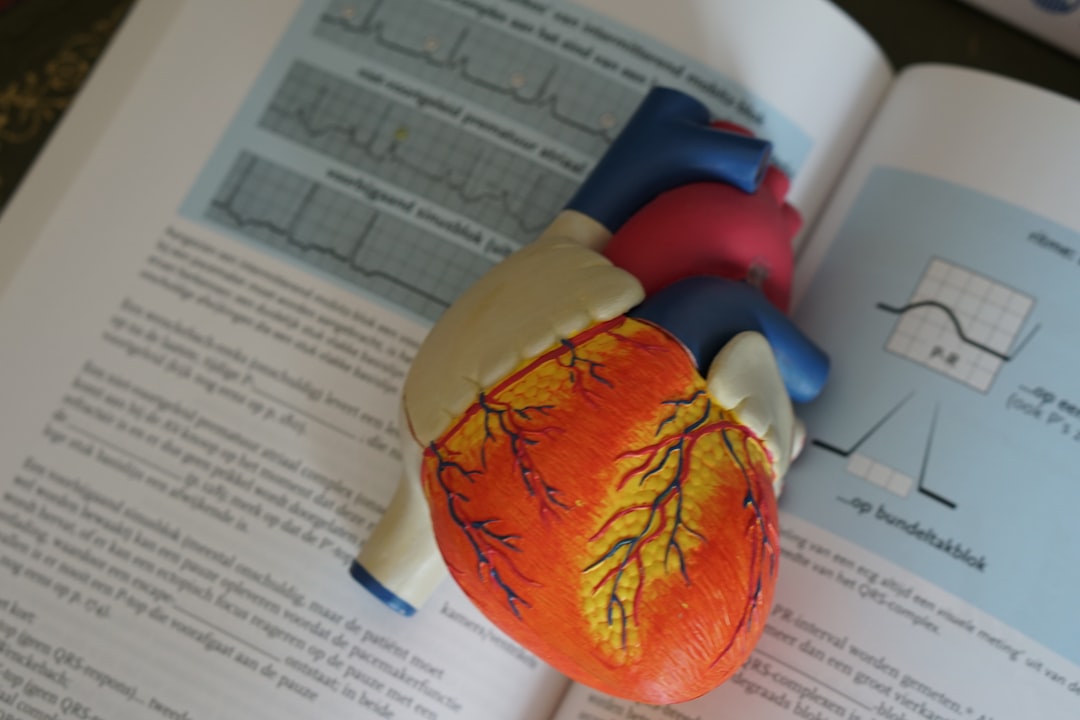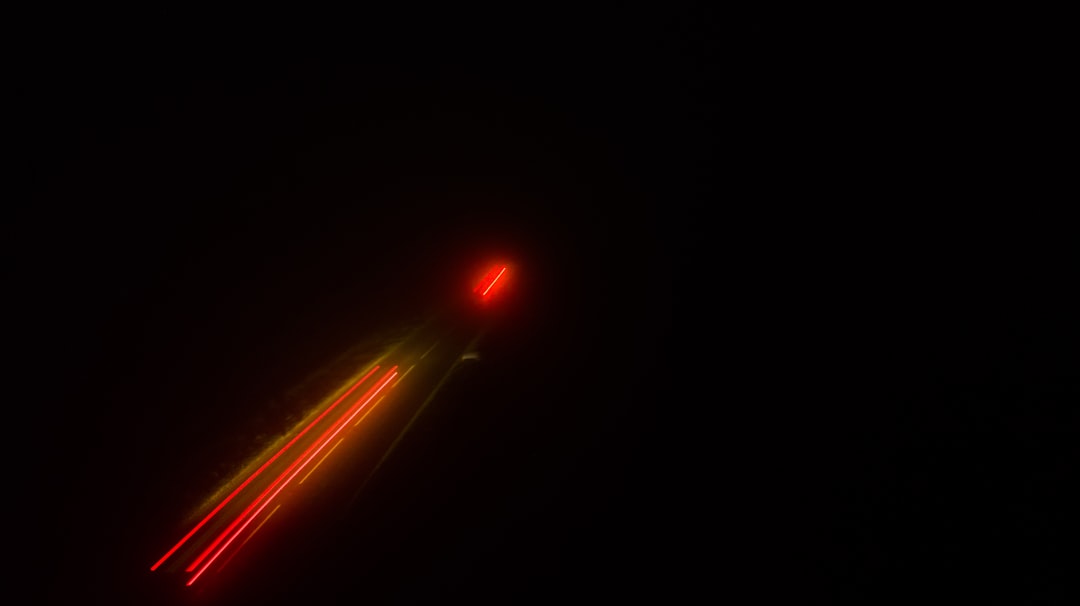What is it about?
The concept of energy from waste is getting popular nowadays across the globe, as being capable of producing multi fuels and value-added products from different fractions of municipal solid waste (MSW). The energy recovery technologies under this concept are anaerobic digestion (AD), pyrolysis, transesterification, refuse derived fuel (RDF) and incineration. This concept is very relevant to implementation in countries like Saudi Arabia, who wants to cut their dependence on oil. Moreover, the waste to energy becomes the imperative need of the time because of new governmental policy ‘Vision 2030’ that firmly said to produce renewable energy from indigenous sources of waste, wind and solar and due to given situations of Hajj and Umrah with massive amounts of waste generation in a short period. This study focused on two waste to energy technologies, AD and pyrolysis for food (40% of MSW) and plastic (20% of MSW) waste streams respectively. The energy potential of 1409.63 and 5619.80 TJ can be produced if all of the food and plastic waste of the Madinah city are processed through AD and pyrolysis respectively. This is equivalent to 15.64 and 58.81 MW from biogas and pyrolytic oil respectively or total 74.45 MW of continuous electricity supply in Madinah city throughout the whole year. It has been estimated that the development of AD and pyrolysis technologies will also benefit the economy with net savings of around US $63.51 and US $53.45 million respectively, totalling to an annual benefit of US $116.96 million. Therefore, in Saudi Arabia and particularly in Holiest cities of Makkah and Madinah the benefits of waste to energy are several, including the development of renewable-energy, solving MSW problems, new businesses, and job creation and improving environmental and public health.
Featured Image
Read the Original
This page is a summary of: Waste to Energy: A Case Study of Madinah City, Energy Procedia, December 2017, Elsevier,
DOI: 10.1016/j.egypro.2017.12.113.
You can read the full text:
Contributors
The following have contributed to this page










